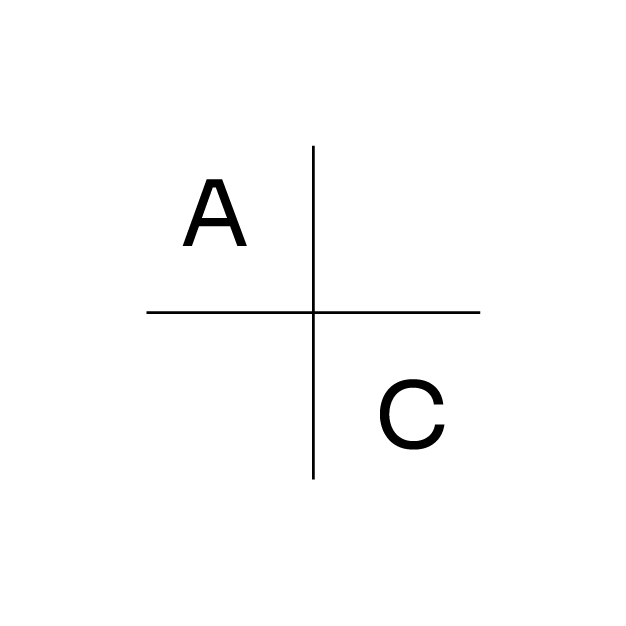Simon Zabell. Of Canyons and Stars
Of Canyons and Stars. Simon Zabell. 23.05.13_24.07.13
The project by Simon Zabell is based on the interpretation of a piece of music by Olivier Messiaen entitled “Des Canyons aux étoiles” (“Of Canyons and Stars”), that was made inspired by the landscapes of the American west (Colorado, Arizona…) and was commissioned by Alice Tully, to the front of the Lincoln Centre in 1972, for the Declaration of Independence of the United States of America.
Messiaen also wrote a few descriptive notes of the intention of the work, in which he clarified that more than to describe the canyon; it reflected the state of his mind after his contemplation. Zabell faces this interpretation of the musical work in the reverse, trying to create in his pieces new landscapes from the music, whereupon, these landscapes that have been translated by Messiaen through music, Zabell translates them through painting and sculpture, intending that they do not depart entirely from the influence of landscape or music. It is a project of reconstruction emerging from the musical composition.
The exhibition is formed by a polyptych composed of 12 canvases of 60 x 80 cm whose process has been to burn them with a laser with images of musical scores overlapped with one another until they cross the canvas in varying degrees. The formal aspect of the paintings is like a graphic record of sound, but with structures that refer to the landscape. This piece comes from a more objective idea, and is complemented by a series of canvases with different formats that are more “interpretive” of the music and that refer directly to the sheet music of Messiaen, translating the music and representing the landscapes at the same time.
Like his last project entitled “The Life and Times of Ernest Kaái” where he interpreted various places in which passed the life and memories of a modest Hawaiian composer Ernest Kaái, Simon Zabell works with a background in a grid on which formal structures are arranged through a kind of pictorial code created from soft spots of fluorescent colour on white backgrounds. The prismatic forms are divided as if they were crystals decomposed by the light, creating a strong optical sensation through the rhythmic repetition and the reticular layout of pure colours. The landscape that is drawing is creating an immaterial sensation produced by fine, softly drawn lines and fluorescent spots of colour that make it difficult to focus the gaze. Completing the sample is a small sculpture constructed in MDF and subsequently painted.








